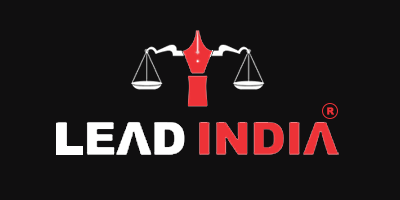An employment contract is a document provided during the hiring or renewal process that sets the parameters of your employment relationship with a new company. If the contract is written, both you and your employer should sign it to indicate your agreement. Contracts often outline both parties’ rights and responsibilities, and organizations frequently utilize them to ensure that all parties involved understand their obligations throughout a new hire’s employment.
Contracts are typically detailed documents produced by legal specialists to define the binding specifics of your employment arrangement—in most situations, these particulars include exact start dates and termination terms. However, depending on your work status and the type of contract you are offered, your new employer may not require you to sign a physical contract. Regardless of the circumstances, when you’re recruited, it’s customary to negotiate the terms of your employment on the record to verify that both sides agree on the same safeguards and conditions.
Need A Legal Advice
The internet is not a lawyer and neither are you. Talk to a real lawyer about your legal issue

Draft an employment agreement
- The employment contract’s title: Give your employment contract a title so that the individual reviewing or signing it can comprehend what it is.
- Identifying the parties: Employment agreements frequently specify which parties are joining into the contract. Consider starting your company’s name and the name of the person you’re recruiting.
- List the terms and conditions: Federal and state governments set some of the minimum terms and conditions for employment contracts. These terms and conditions include things like working hours and severance compensation. Terms and conditions differ by jurisdiction, so verify your state and local employment laws.
- Outline your job responsibilities: Provide a new hire with an overview of their job responsibilities to ensure they understand what is expected of them. If you wish to provide a more full overview of tasks, you may assign percentages to each one
- Include compensation information: Make sure your job contract includes explicit salary specifics. This way, there will be no mistake about the new hire’s first or second paycheck.
- Use certain contract words: Employment contracts typically include precise provisions such as the effective date, type of employment, notice, termination, dispute process, applicable law, and severance.
- Speak with an employment lawyer: After you’ve completed the first draft of your employment contract, have an attorney or legal professional review it to ensure it complies with all applicable laws. This may assist your company avoid future employment contract litigation.
Advantages of employment contracts
Creating an employment contract for each new hire benefits both you and your staff. Here are some of the primary benefits of employment agreements:
- Employment contracts are legal agreements between employers and employees. This decreases the likelihood of one side taking legal action later on.
- Your employment contract clearly states what is expected of employees and what actions will be taken if they fail to comply.
- The paid time off (PTO) component of an employment contract helps to limit your employees’ overtime and holiday compensation, giving you control and helping your employees understand They will be paid upfront for holiday hours and overtime. This can help your company save both time and money. If your company deals with sensitive information, you may want to include a confidentiality clause that bans your employees from exposing such information.
Common Forms of Employment Contracts
Employment contracts vary depending on the sort of employee being hired. Employees typically use the following employment contracts.
- A permanent employment contract is used for employees who are paid a salary or hourly rate and work consistent hours. This form of contract can cover full-time or part-time work and lasts until either side terminates it.
- A fixed-term work contract has a specific end date. Employees on a fixed-term contract enjoy the same rights as permanent employees.
- A casual employment contract is utilized when companies are unable to guarantee a consistent working schedule. The contract would normally include the minimum amount of hours that employees are expected to work each week, as well as the type of compensation.
Lead India offers various legal services, such as free legal advice and internet information. We provide a facility in which you can talk to a lawyer and ask legal questions regarding the law here. Lead India’s lawyers can assist you with any legal issues. In India, Lead India provides free legal assistance online. In addition to receiving free legal advice online, Lead India allows users to pose inquiries to experts for free.



